Report: 2022 Functional Diamond Symposium
9 November 2022 on Zoom
2022 Functional Diamond Symposium was held virtually on 9 November with 253 registers and 167 attendees. Below are introductions to the six invited talks.
The first session was hosted by Prof. Meiyong Liao.
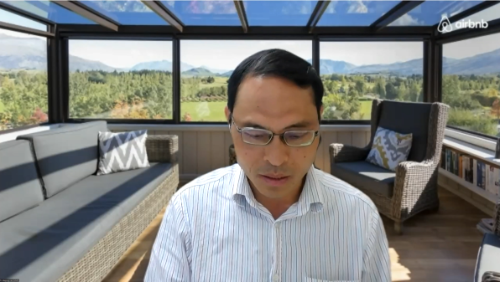
01 Diamond supercabattery: Design and performance
Nianjun Yang
Energy crisis is one of the biggest challenges for our society. Efficient storage and conversion of the energy captured from existing sources are thus of great significance. Electrochemical energy storage is such an approach where advanced electrode materials need to be developed and synthesized. In this talk, our strategies to design and synthesize different diamond materials and their composites will be detailed. The application concepts of diamond materials and their composites as the capacitor electrodes for the ensemble of high-performance supercapacitors as well as the performance of these diamond supercabatteries will be highlighted.

02 Power & RF diamond FETs based on surface terminations
Hiroshi Kawarada
Although it is acceptable for “labo FET" to show the potential of diamond as electron device, but does not satisfies many industrial requirements. What is an element substitute for H? Oxygen termination provide non conducting surface suitable for device isolation, but not for active FET region such as channel or drift layer. One solution is Si, which preserves sp3 bonds to C as H does, but provides additional chemical bonds for stable films. We have succeeded in forming MOSFETs based on oxidized Si terminated (C-Si-O) diamond as channel. This structure is formed by SiO2 and diamond reaction in reductive and high temperature atmosphere or a few monolayer Si deposition followed by natural oxidation. In the FETs, source and drain are made of ultra-highly doped diamond with 1 × 1022cm-3 (~5% atomic density). The gate oxides are Al2O3 or SiO2. The C-Si-O surface channel is inversion layer and the p channel FETs operate in normally-off operation with large negative threshold voltage beyond -5V necessary for power application. Despite of normally-off operation, channel mobility has been measured to be higher than 150cm2s-1. Maximum drain current density is above 300 mA·mm-1 which is the highest in normally-off diamond FETs. These diamond p-FET performances are comparable to those of SiC or GaN n-FETs and suitable for complementary inverters with high frequency operation.

03 AlGaN/GaN/3C-SiC-on-diamond high electron mobility transistors (HEMTs) fabrication by diamond room temperature bonding
Jianbo Liang
AlGaN/GaN high electron mobility transistors (HEMTs) on diamond substrates were fabricated by transferring 4 μm-thick GaN/3C-SiC layers grown on Si templates and subsequently applying the conventional device process steps. No exfoliation of 3C-SiC/diamond bonding interfaces is observed during 800 °C annealing, the essential step for forming ohmic contacts on nitrides. The thermal resistance of HEMTs on diamond is 29 and 47 % of those of HEMTs on Si and SiC, respectively, which is assumed to be the origin of smaller negative drain conductance in on-diamond HEMTs. The thermal boundary conductance (TBC) of the 800°C -annealed interface was determined to be 126 MW/m2∙K by time-domain thermoreflectance (TDTR). These results imply that the bonding-first process is applicable for fabricating low-thermal-resistance HEMTs with thick nitride layers.
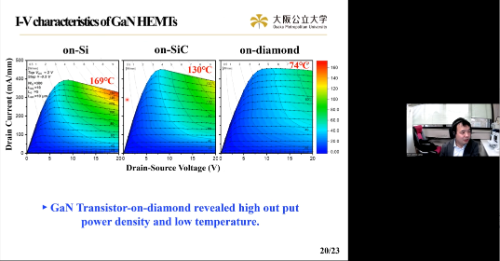
The seond session was hosted by Prof. Haitao Ye.
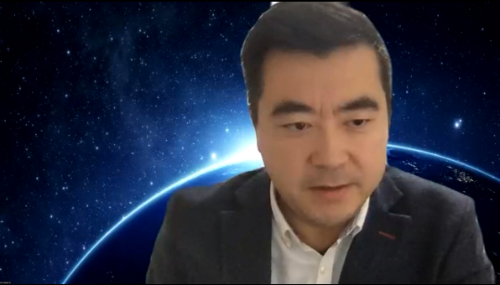
04 Real time imaging of the damage and fracture of nuclear-grade graphite at elevated temperatures
Dong Liu
Energy Materials with multiple length-scale structures are a fascinating yet critical class of materials that have characteristic dimensions spanning from nano- to macro-scales. These materials have enormous potential for nuclear and energy applications as they can display unique properties such as combinations of strength and toughness at ambient to elevated temperatures. Nuclear-grade graphite is a porous graphite composite used as the moderator and major structural component in UK nuclear power reactors. Its 3D microstructure and mechanical properties were acquired by real-time imaging at elevated temperatures (e.g., at 1000°C) using synchrotron X-ray computed micro-tomography (XRT). It was found that at reactor operating temperatures, this material has an unusually higher strength and resistance to crack growth than at ambient temperatures. Assisted by other in situ techniques such as X-ray/neutron diffraction, Raman spectroscopy and transmission electron microscopy, the physical mechanisms that are responsible for this behaviour relate to the relaxation of residual stresses. In addition, other materials, such as GaN-on-Diamond and silver-diamond composites will be discussed.
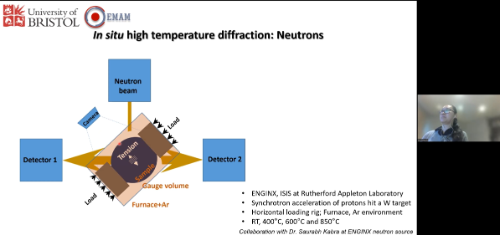
05 Ion implantation of diamond
Roger Webb
This talk gives a brief background to the application of ion implantation to diamond substrates. We will explore the various applications of ion implantation with respect to diamond, such as: doping; radiation damage; N-V and Si-V centres for quantum applications; as well the fabrication and growth of diamond via low energy implantation.
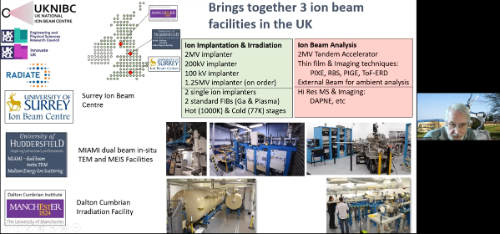
06 Diamond nanoneedle arrays for high-throughput intracellular delivery
Michael Chen
It is of great importance to introduce foreign materials and molecules into living cells in both cell biology research and gene and cell therapy. The major barrier of intracellular delivery is to cross the cell membrane. To overcome this, a wide variety of biological, chemical and physical approaches have been developed. Here, I present our work of utilizing diamond nanoneedle arrays to facilitate efficient and high-throughput intracellular delivery of fluorescence probes, drugs, nanoparticles and genes. Particularly, this technology has been demonstrated to be able to achieve extremely high transfection efficiency in neurons (~ 45% versus ~ 1-5% of commercial transfection approach). Beyond applications, the biological effects of this technology has also been studied. It is expected that this technique will be very useful in basic cell biology research and also a range of clinical applications.
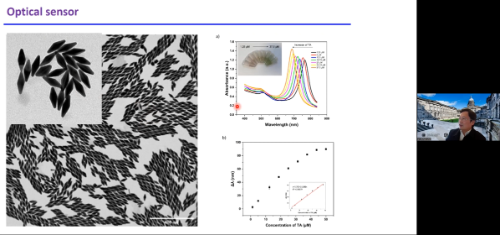
Previous symposiums:
